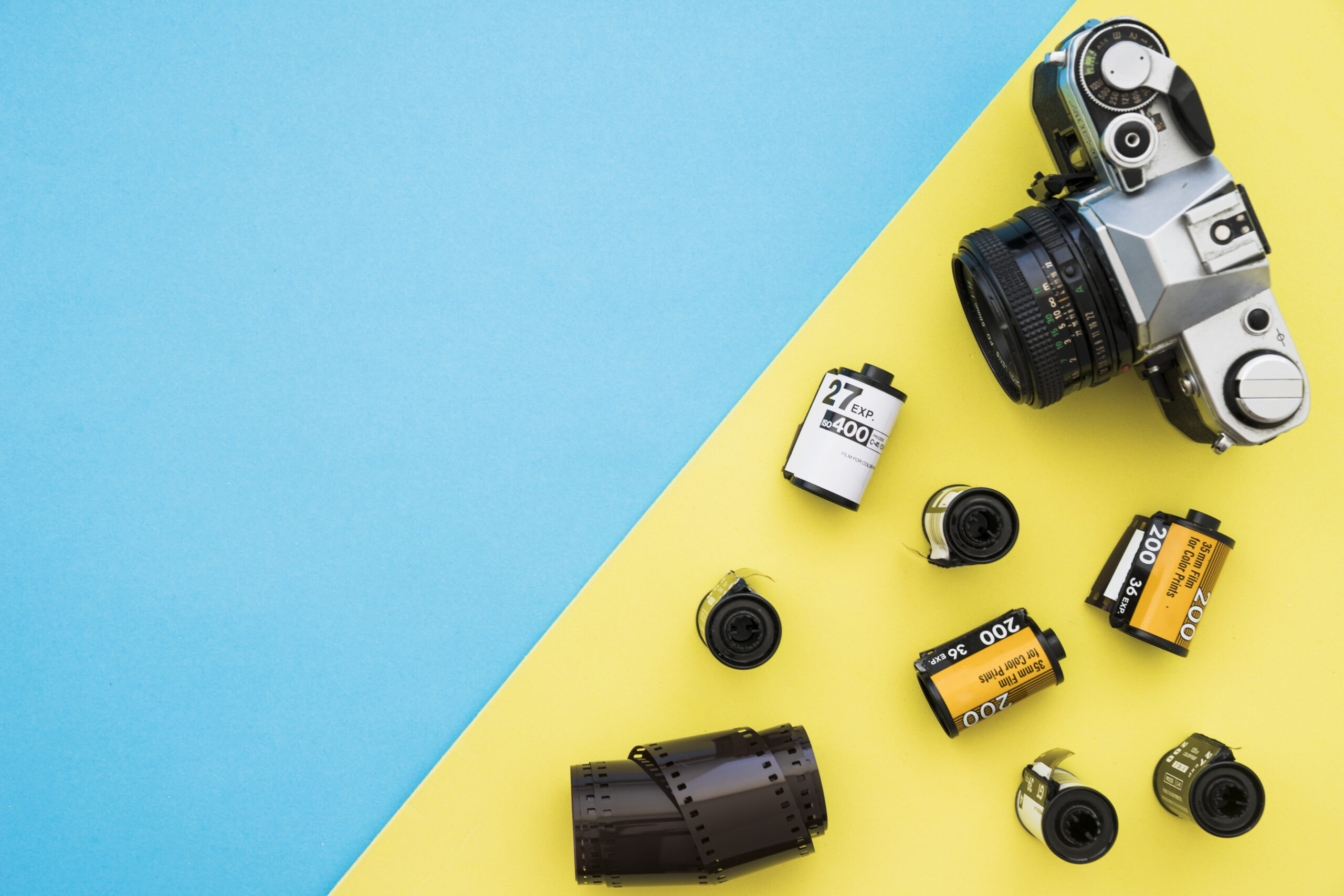Digital cameras have revolutionized the way we capture and preserve precious moments. Whether it’s a family vacation, a special occasion, or artistic endeavors, digital cameras have become an essential tool for photographers of all levels. However, the performance and longevity of these cameras heavily rely on the type of batteries they use. In this article, we will explore the different types of batteries commonly used in digital cameras, their advantages and disadvantages, and the factors to consider when choosing the right battery for your camera.
- Alkaline Batteries
Alkaline batteries are the most common type of disposable batteries found in digital cameras. They are affordable and widely available, making them a convenient choice for many users. Alkaline batteries are composed of zinc and manganese dioxide, and they provide a nominal voltage of 1.5 volts. While they offer a decent amount of power, they have limitations in terms of longevity and performance, especially in high-drain devices like digital cameras. Alkaline batteries tend to have a shorter lifespan compared to other battery types, and their performance can deteriorate rapidly under heavy usage. Therefore, they are more suitable for occasional or low-power camera usage. - Nickel-Metal Hydride (NiMH) Batteries
Nickel-Metal Hydride (NiMH) batteries are rechargeable batteries commonly used in digital cameras. They offer a higher capacity and longer lifespan compared to alkaline batteries. NiMH batteries typically provide a nominal voltage of 1.2 volts, slightly lower than alkaline batteries. However, they compensate for this with a higher capacity, allowing them to power digital cameras for longer periods before requiring a recharge. NiMH batteries are environmentally friendly as they can be recharged and reused multiple times, reducing waste compared to disposable batteries. They are also less prone to the “memory effect” that plagued older rechargeable batteries. - Lithium-Ion (Li-ion) Batteries
Lithium-Ion (Li-ion) batteries have become the standard power source for many digital cameras due to their superior performance and energy density. Li-ion batteries provide a nominal voltage of 3.6 to 3.7 volts, significantly higher than alkaline and NiMH batteries. This higher voltage translates into more power and longer camera usage before requiring a recharge. Li-ion batteries also have a higher energy density, meaning they can store more power in a smaller and lighter package, making them ideal for compact and mirrorless cameras. Moreover, Li-ion batteries have a longer lifespan and retain their charge better when not in use, compared to other battery types. - Proprietary Batteries
Some digital camera manufacturers develop proprietary batteries specifically designed for their camera models. These batteries often offer optimized performance and compatibility with the camera’s features, allowing for better power management and communication between the camera and battery. However, proprietary batteries tend to be more expensive and less widely available compared to standard battery types. Additionally, using proprietary batteries can limit the availability of backup power sources when needed, especially during travel or in emergency situations.
Here are some additional details regarding the different types of batteries for digital cameras:
- Alkaline Batteries:
- Alkaline batteries are non-rechargeable and are typically available in standard sizes, such as AA or AAA.
- They are suitable for cameras with low power consumption, such as point-and-shoot cameras, but may not provide sufficient power for high-end DSLRs or cameras with advanced features.
- Alkaline batteries tend to have a relatively low capacity and may struggle to maintain a consistent voltage output as they discharge, leading to reduced camera performance.
- They are widely available and cost-effective, making them a convenient option for occasional camera usage or situations where rechargeable batteries are not readily accessible.
- Nickel-Metal Hydride (NiMH) Batteries:
- NiMH batteries have a higher capacity than alkaline batteries, allowing them to power digital cameras for extended periods of time.
- They are rechargeable and can be used multiple times, making them a cost-effective and environmentally friendly choice in the long run.
- NiMH batteries have a lower self-discharge rate compared to older rechargeable battery technologies, meaning they can retain their charge for longer periods when not in use.
- It is important to note that NiMH batteries have a slightly lower voltage output than alkaline batteries (1.2 volts vs. 1.5 volts), which may affect the performance of certain camera models that rely on the higher voltage.
- Lithium-Ion (Li-ion) Batteries:
- Li-ion batteries are widely used in digital cameras due to their high energy density, longer lifespan, and superior performance.
- They provide a higher voltage (usually 3.6 to 3.7 volts) than both alkaline and NiMH batteries, delivering more power to the camera and allowing for extended shooting sessions.
- Li-ion batteries are lightweight and compact, making them ideal for portable cameras and devices.
- They have a relatively low self-discharge rate, meaning they can hold their charge for longer periods when not in use, minimizing power loss.
- However, Li-ion batteries are generally more expensive than alkaline or NiMH batteries, and they require specific chargers designed for Li-ion technology.
- Proprietary Batteries:
- Some camera manufacturers develop proprietary batteries tailored to their specific camera models.
- Proprietary batteries are designed to provide optimized performance, power management, and communication with the camera, ensuring compatibility and efficient operation.
- These batteries may offer additional features, such as accurate battery life indicators or the ability to transmit battery information to the camera’s interface.
- However, proprietary batteries are often more expensive than standard battery types, and they may be harder to find, especially when compared to widely available alkaline or NiMH batteries.
Conclusion
Choosing the right type of battery for your digital camera is crucial for maximizing its performance and ensuring a reliable power source. Alkaline batteries are suitable for occasional or low-power usage, while NiMH batteries offer longer lifespan and rechargeability. Li-ion batteries provide the best overall performance, with higher voltage, longer lifespan, and superior energy density. However, it is essential to consider factors such as cost, availability, and compatibility when selecting the appropriate battery type. Additionally, understanding the camera’s power requirements and usage patterns can help determine the most suitable battery option. Regardless of the battery type chosen, it is advisable to carry extra batteries or utilize external power sources to avoid unexpected power depletion during critical moments. With the right battery choice, photographers can focus on capturing stunning images without worrying about running out of power.




